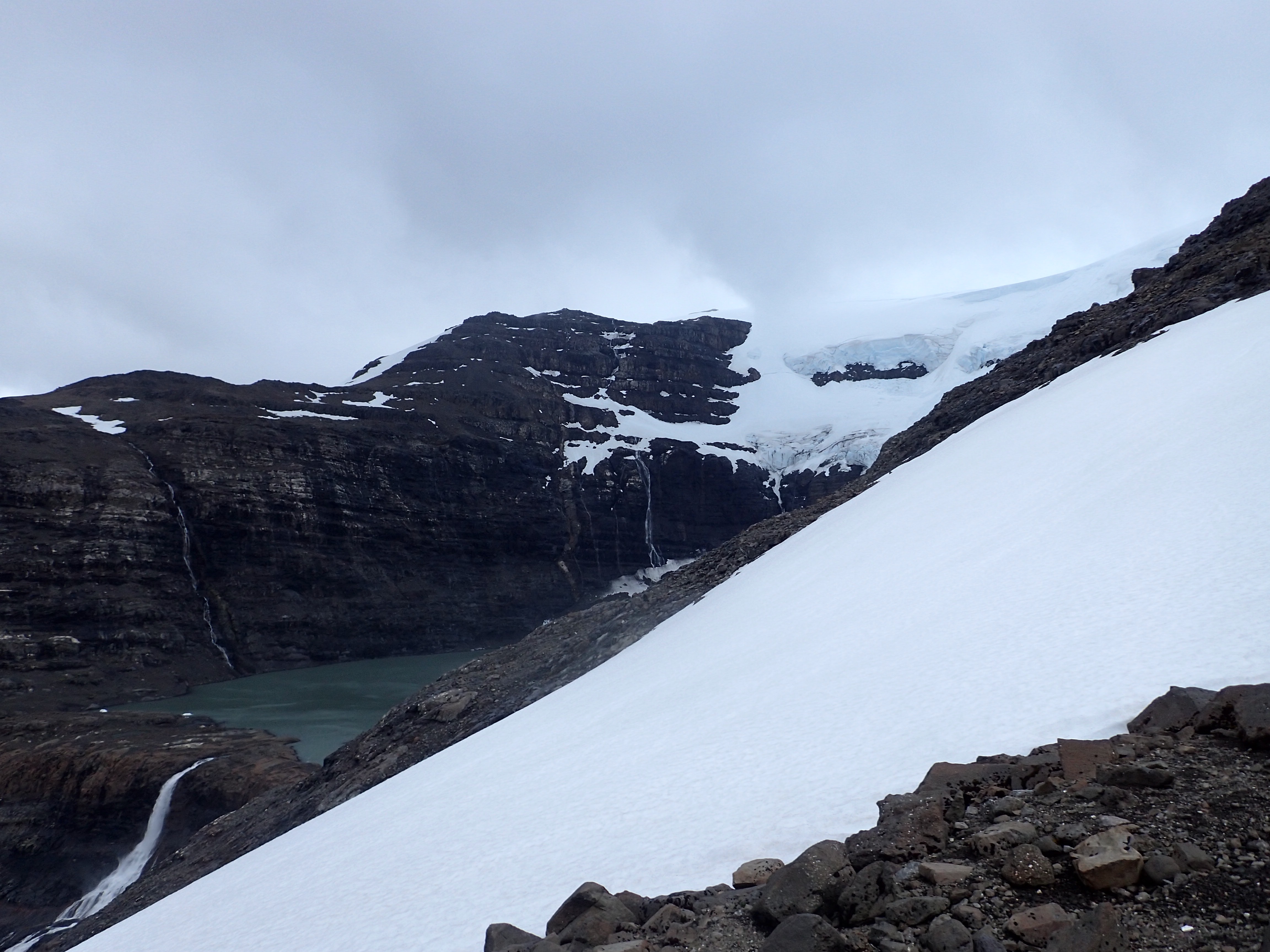
Speakers:
Jostein Bakke, Professor Department of Earth science, University of Bergen
Henriette Linge, Associate Professor, Department of Earth science, University of Bergen
Abstract:
The Southern Hemisphere`s westerly winds play a vital role in regulating Earth`s climate by shielding Antarctica from low-latitude heat, driving global ocean circulation and regulate the uptake of CO2 in the Southern Ocean. Both strength and position of this globally significant atmospheric pattern are rapidly shifting in the face of ongoing global warming. A string of recent studies links these developments to dramatic changes in temperature, precipitation, sea-ice extent and cryosphere stability unfolding throughout the Southern Ocean region. Critically, a lack of baseline information restricts our ability to understand the causes and patterns of these shifts and represent them in the future projections that underpin climate policies. To achieve this knowledge, we utilize the sensitivity of glaciers to atmospheric climate change and the potential of glacier-fed lake sediments to record this signal through time. We are integrating emerging sedimentological, geochemical and glacier modelling tools in a new methodological framework to reconstruct changes in glacier extent, temperature and precipitation on human-relevant timescales. Glaciers are highly sensitive climate indicators as they rapidly respond to variations in summer temperature and precipitation, two parameters that are closely linked to atmospheric dynamics. In the case of alpine glaciers, this climate response is recorded both visibly, by variations in glacier extent, formation of moraines, as well as invisibly, through variations in glacial erosion. In order to understand the climate drivers of glacier variability we are reconstructing terrestrial summer temperature using two widely used paleothermometers, based on glycerol dialkyl tetraethers (GDGT) abundances and C37 alkenone unsaturation ratios. Our study area in this cross-disciplinary project is the poorly investigated Kerguelen Archipelago, well-situated in the core southern westerly wind belt. Here we present the first results from a massive field campaign in 2019 to the Peninsule Loranchet in the northern part of the Archipelago. We collected 130 meters of sediment cores from six lakes, 120 rock samples for exposure dating and numerous catchment sample.
Arranged date for the seminar talk: Apr 20, 2020 at 14.15 via zoom.
